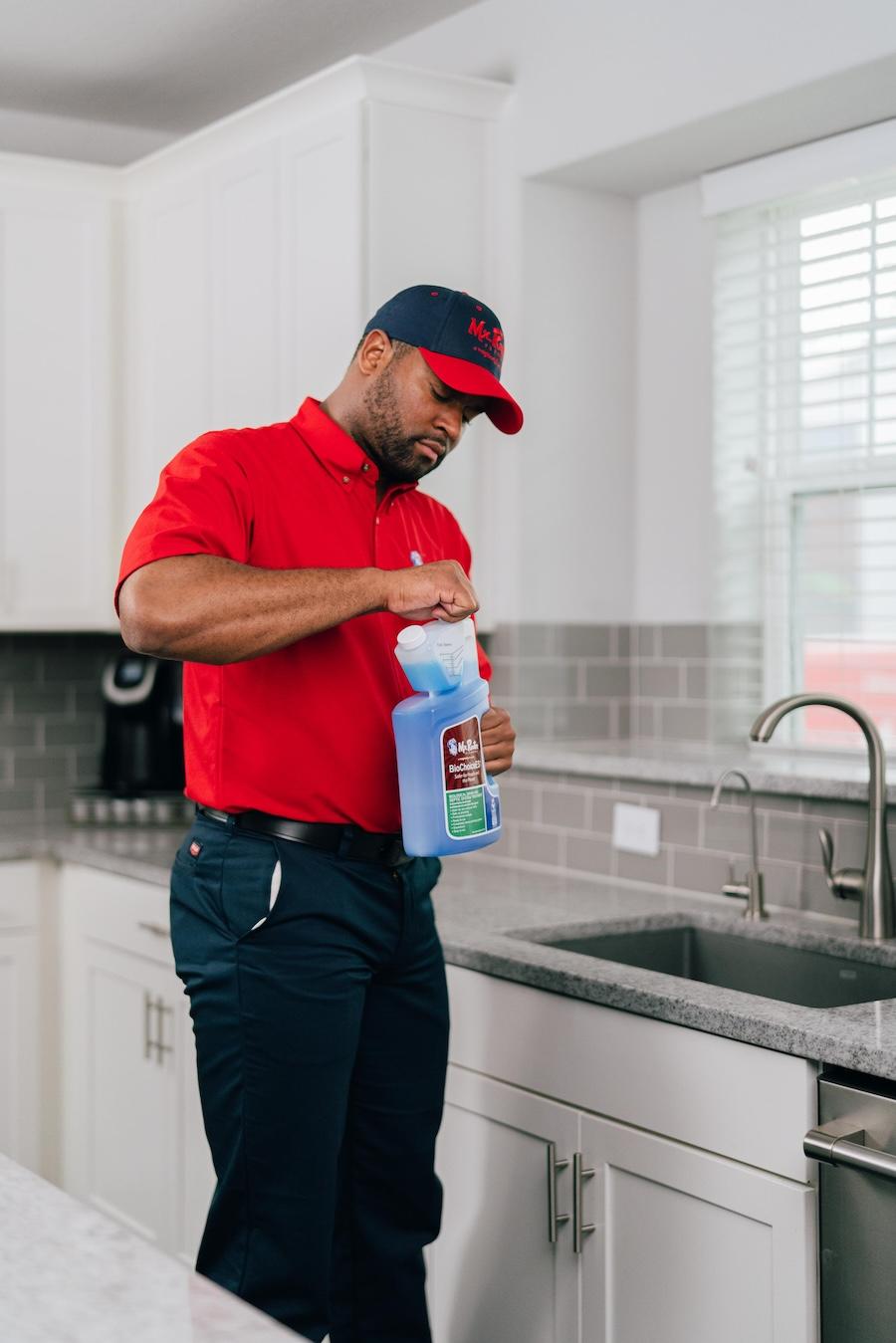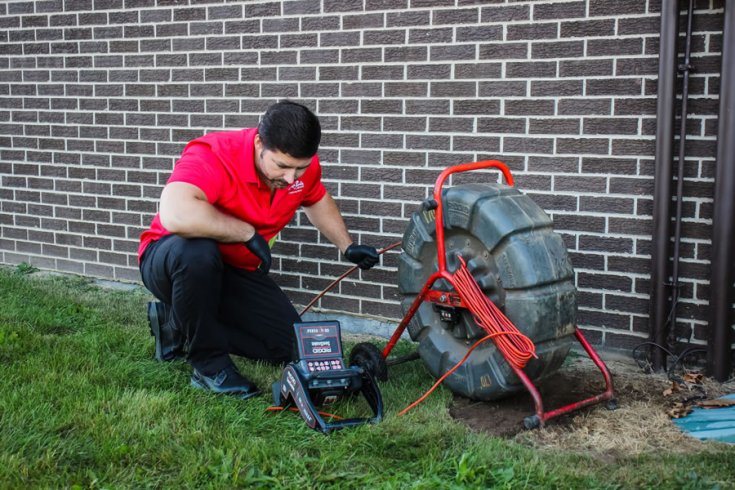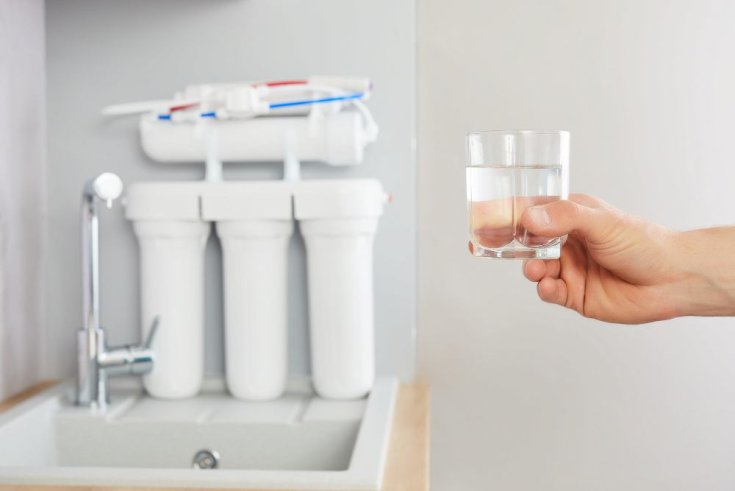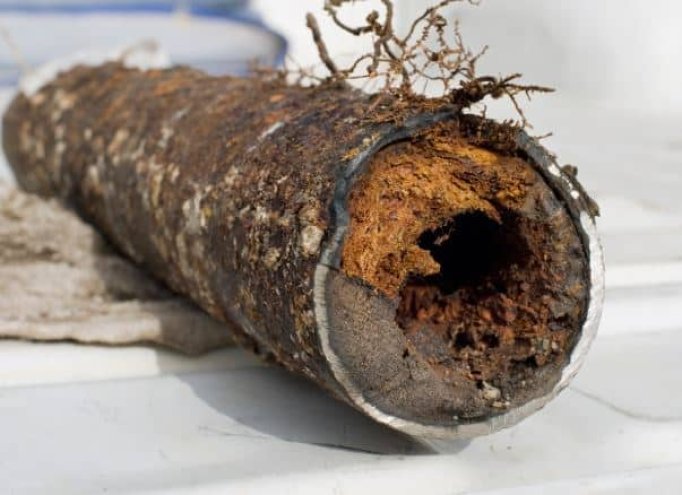Call This Thursday to get $50 Off
Call us Now to Get $50 OFF.
Ratings based on 1562 reviews
Local Plumbers, Local Reviews
Call This Thursday to get $50 Off
Call us Now to Get $50 OFF.
Ratings based on 1562 reviews
Local Plumbers, Local Reviews

Slow-draining sinks are one of those little annoyances that can quickly snowball if neglected. Luckily, fixing a sluggish drain isn't as big of a challenge as it seems. At Mr. Rooter Plumbing, we know a thing or two about tackling these pesky problems. Here's a step-by-step guide to help you get your sink draining smoothly again.
One of the most common causes of a slow-draining sink is a clogged stopper. Over time, soap scum, hair, and other debris can accumulate around the stopper, restricting water flow. This buildup acts like a plug, preventing water from draining efficiently. Here's how to attempt a clogged drain cleaning by fixing the stopper:
Sometimes, a slow drain isn't caused by a visible clog but by a buildup of soap, grease, or other residues lining the pipes. This gunk can narrow the pipe’s diameter, slowing the water flow. Fortunately, one of the easiest ways to address this issue is by using the power of heat.
If clearing the stopper and using hot water hasn’t fully solved the issue, it might be time to break out a trusty plunger. Plungers are also pretty effective for unclogging sinks. Make sure that you use one with a flat bottom that is designed for such use rather than one made for toilets. Here are some tips on using a plunger:
If you’ve tried the above methods and your sink is still draining slowly, it might be time to use a plumbing snake. A plumbing snake, or drain auger, is a tool that reaches deep into your pipes to break up or pull out clogs that are too stubborn for plunging.
While these DIY methods are great for minor clogs, sometimes a slow-draining sink is a symptom of a bigger issue. If you’ve tried all the above steps and the water still refuses to drain properly, it might be time to call in the pros. At Mr. Rooter Plumbing, we’re ready to help you tackle any plumbing problem, big or small. With our professional-grade equipment, we can quickly diagnose and resolve even the most stubborn clogs. Contact us to schedule a time for your clogged drain cleaning service.

If you rely on a septic system for wastewater treatment on your property, you know that the system comes…
Read More
If you’re considering installing a water filtration system in your house, it’s important to understand how the cost is…
Read More
Sink trouble got you down? A trusty garbage disposal is the answer, quickly chomping through food scraps and leaving your kitchen sparkling clean.…
Read More
Some of the top threats to your sewer line include tree roots, hard water, acidic soil conditions, shifting soil, and more. As a…
Read More